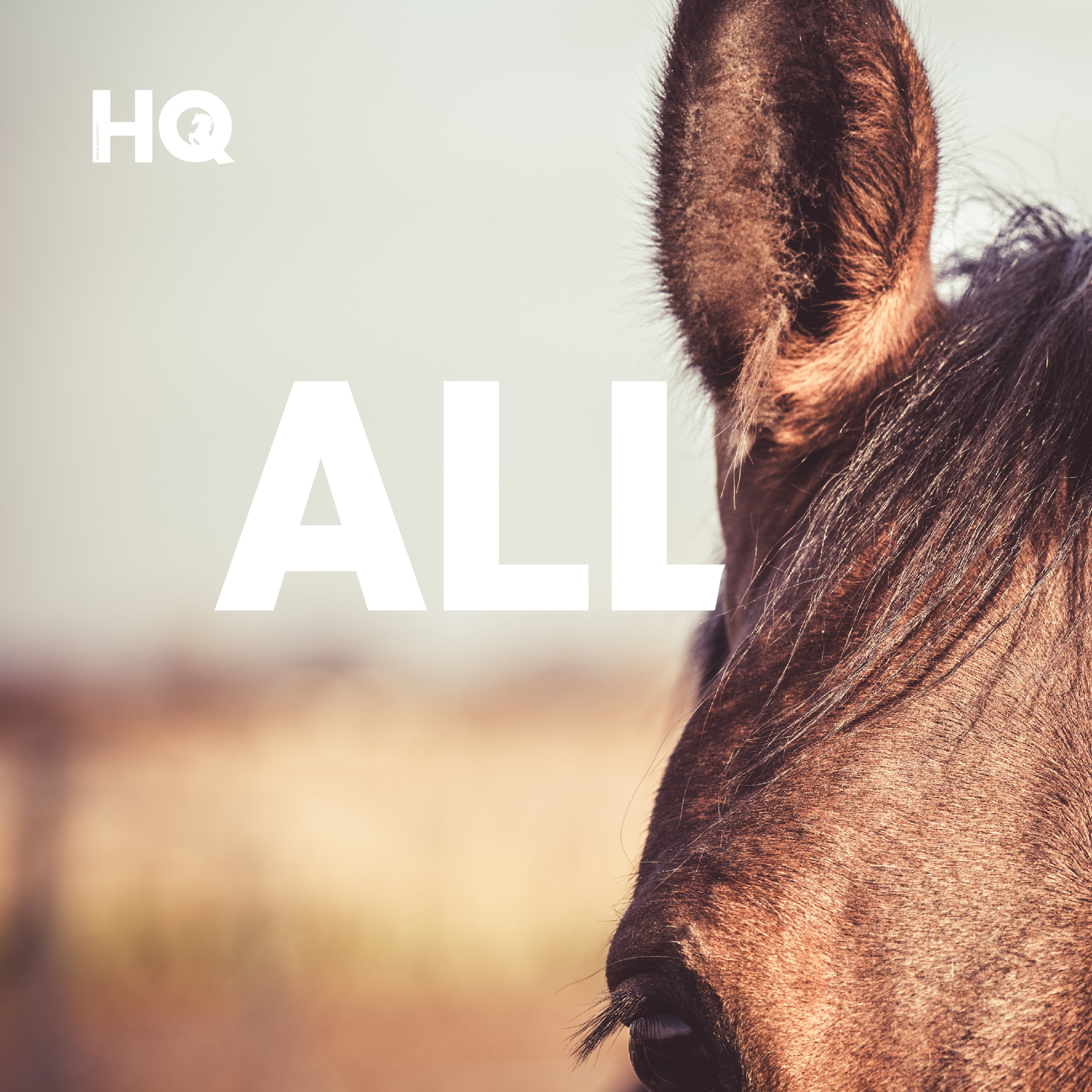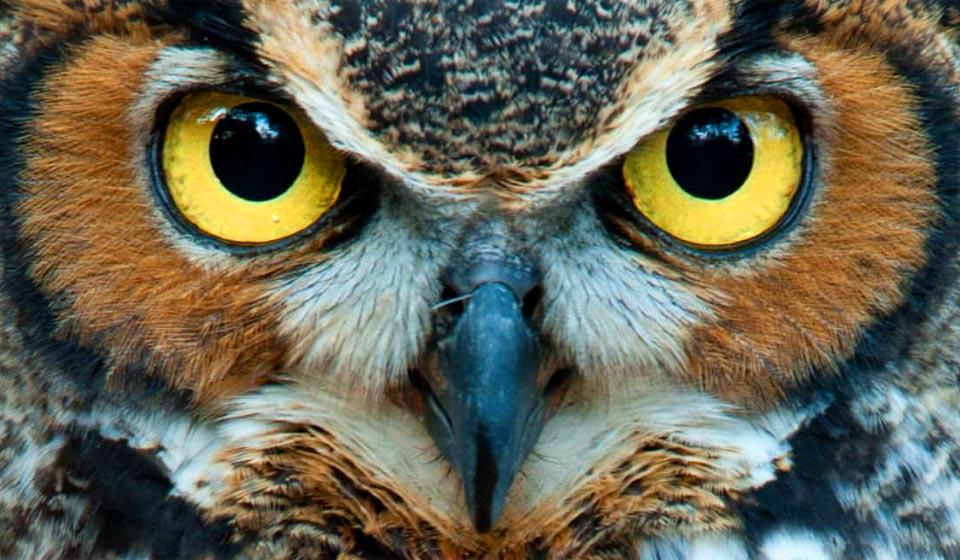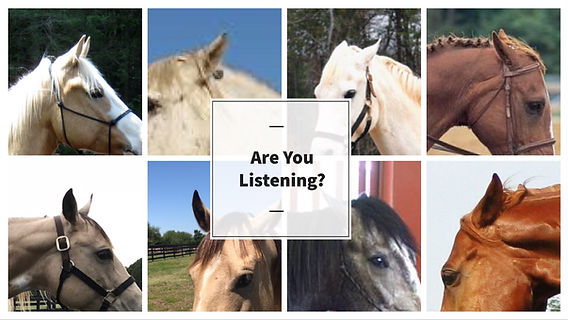The Horse’s Amazing Sense of Hearing

Horses are remarkable creatures, not only for their strength and speed but also for their highly developed senses. Among these, their sense of hearing stands out as particularly impressive. This article explores the anatomy, capabilities, and significance of a horse’s hearing, providing insights into how this sense benefits their survival and interaction with humans.
Anatomy of a Horse’s Ear

| Part of the Ear | Description |
|---|---|
| Outer Ear (Pinna) | Large, mobile, funnel-shaped structure that captures sound waves and directs them into the ear canal. |
| Middle Ear | Contains the eardrum and three tiny bones (ossicles) that amplify sound vibrations. |
| Inner Ear | Houses the cochlea and vestibular system, responsible for hearing and balance. |
The horse’s ear can rotate up to 180 degrees independently, allowing them to pinpoint sounds with great accuracy.
How Horses Hear

- Frequency Range: Horses can hear frequencies from approximately 55 Hz to 33.5 kHz, which is broader than the human range (20 Hz to 20 kHz).
- Sound Localization: Their ability to move ears independently helps them detect the direction of sounds quickly.
- Sensitivity: Horses are sensitive to subtle sounds, which helps them detect predators or other environmental cues.
Importance of Hearing for Horses
- Survival: In the wild, acute hearing helps horses detect predators early, giving them time to flee.
- Communication: Horses use ear movements to communicate emotions and intentions to other horses and humans.
- Training and Bonding: Understanding and responding to auditory cues is essential in horse training and building trust.
Signs of Hearing Problems in Horses
- Lack of response to sounds or commands
- Unusual head shaking or ear scratching
- Behavioral changes such as increased anxiety or startle reactions
Frequently Asked Questions (FAQ)
Can horses hear human voices?
Yes, horses can hear and often recognize their handler’s voice, which helps in training and bonding.
How do horses use their ears to communicate?
Ear positions indicate mood: forward ears show interest, pinned back ears indicate anger or discomfort, and rotating ears suggest alertness.
Are horse ears sensitive to loud noises?
Yes, loud or sudden noises can startle horses, sometimes causing stress or panic.
Conclusion
The horse’s sense of hearing is a vital and fascinating aspect of their biology. Their ability to detect a wide range of sounds and communicate through ear movements plays a crucial role in their survival and interaction with humans. Understanding this sense can enhance how we care for and train these magnificent animals.
